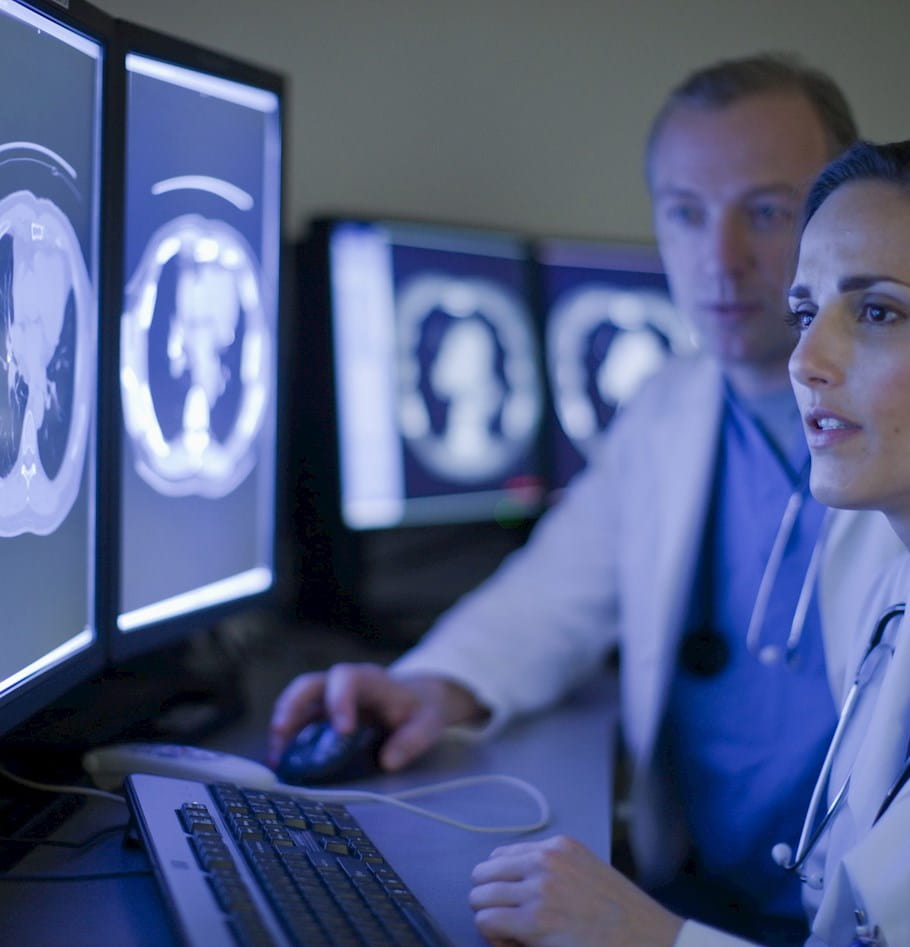Dentists can play an active role in healthcare’s COVID-19 response through teledentistry
As if the dental market wasn’t already changing fast enough, enter COVID-19. Dentists across the country, from independent practitioners to those in large DSOs, are facing restrictions to provide only emergency care. With that, the list of challenges grows long, including how to retain and support employees, how to maintain relationships with existing patients until the public health crisis has abated, and how to survive financially.
Teledentistry—a way for dentists to communicate with patients virtually—may not be highest on the list of dentists’ priorities. But there are compelling reasons why it should be. The fact is that when the time comes to re-open for “normal business,” a new normal will exist, and teledentistry will be an important part of it.
Teledentistry moved from a matter of access to a public health imperative, overnight
Teledentistry has primarily been a tool to drive access to care in underserved areas. Although both federal- and state-funded payers reimburse for teledentistry – and most private payers do as well – there are only a handful of acceptable billing codes, and reimbursement dollars are often so limited that they are insignificant to a broader initiative.
The COVID-19 pandemic has dramatically changed that. In just the last few weeks, teledentistry is now seen as a humanitarian tool essential to our overall healthcare ecosystem. The Health Policy Institute of the American Dental Association estimates that in normal circumstances, someone visits an emergency department every 14 seconds for a dental condition.
In our current climate, dentists are being called upon to assist in the triage and treatment of these patients through teledentistry. Patients can be screened via video chat or text chat with photos, antibiotics can be prescribed for infections to delay the need for emergent treatment, and truly emergent treatment can be scheduled for in-person visits to a dentist’s office. Dentists are therefore positioned to play a critical role in the overall public health response to the COVID-19 crisis by reducing the load being placed on local EDs.
Teledentistry will likely stick around—prepare for that now
The fabric of how we interact with each other as a society changes with each passing day of the coronavirus crisis. Once patients have had the ability to interact with their dental service providers via text and/or video chat, they are going to want to continue to have that option outside of a crisis scenario, making it difficult for payers to suddenly dial back reimbursements for teledentistry to pre-crisis levels. Additionally, other healthcare providers who have relied upon dentists as healthcare professionals proactively collaborating in crisis management in their communities will continue to hold dental service providers in high regard. And patients who have been offered ongoing communication, education, and care are likely to respond with loyalty extending long after the COVID-19 crisis is behind us.
In planning for that future state, we recommend a proactive response today, comprised of the following:
- Set up a direct phone number that can be provided to all patients and reach out with direct communication via email, text, or by snail-mail if necessary
- Develop the ability to provide basic teledentistry services: Right now that may be as simple as using Google Hangouts or Zoom; later you can look at more sophisticated and EMR-integrated platforms as there are specific HIPAA and security measures to be taken that have been relaxed for the crisis
- Provide virtual training to your associate dentists and other staff members as needed
- Post on your social media channels (create social media channels if you don’t have them now) to alert people of your direct number and that you are open for teledentistry screening and emergency care; consider paid advertising on social media to attract new patients
- Communicate with your local health systems and hospitals to let them know to contact you if they encounter a dental emergency, and let them know your efforts to triage your own patients away from EDs
- Research your state’s laws around teledentistry, specifically: to know if patients are required to sign a specific informed consent related to teledentistry; to learn if providers licensed in one state are able to provide teledentistry to patients in another state (if this applies to you); to know if your state allows for synchronous and asynchronous teledentistry or only one of the above
- Contact your primary payers for specific information as to billing and reimbursement so that you are able to collect on these services
- Contact your malpractice carrier to inform them of the fact that you are adding teledentistry as a service and make sure they do not have additional requirements
While these measures may seem simple, a well-informed, coordinated approach to teledentistry is the key to an initiative that will be successful in the near term and provide a foundation for the future. West Monroe is uniquely positioned to help dentists drive a teledentistry initiative through technology and industry expertise. Contact us if you’d like to talk more about your specific needs.
Have more time? Read Improving the Dental Patient Experience.



